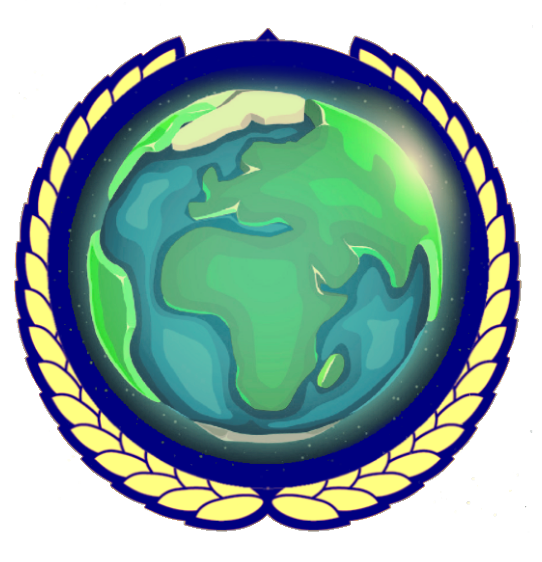
Bulgaria
There are three types of Generation 4 cars that were used to cover Bulgaria:
A blue car, which can be found in most European countries.
A red car, which is also found in Latvia, Lithuania, Russia, Slovakia, and Sweden. Of these, Russia and Slovakia are easiest to confuse with Bulgaria.
A black car, which is found in many European countries; of which Greece and Croatia are the ones more likely to be confused with Bulgaria.
All cars can be found with or without antenna. Additionally, you can also encounter coverage where the car is completely hidden.
The majority of Generation 3 coverage in Bulgaria was taken during March and April, resulting in very distinct dead-looking “winter” coverage.
NOTE: Hungary and Czechia also have a lot of similar dead-looking Generation 3 coverage. Furthermore, while not common, Bulgaria has some summer Generation 3.
This style of pole top, with 3 large, alternating insulators that are shaped like upward facing hooks, is a good clue for Bulgaria. This pole top is probably unique to the country.
NOTE: You can also find this pole top with the insulators facing downwards.
Bulgarian chevrons are typically red on white.
NOTE: Many other European countries have similar chevrons. Crucially, among neighbouring countries, Romania, Turkey, and North Macedonia use the same chevrons. Greece and Serbia use black and white chevrons however. See this infographic for an overview.
Bollards are generally fairly rare in Bulgaria.
When you see them, they almost always have this somewhat generic design, which is relatively similar to the bollards found in Croatia and Hungary. They have a red reflector on the front, and a white one on the back. The design isn’t terribly consistent: sometimes they are thinner, and the shape of the reflector varies.
Bulgaria usually has thin roadlines. This is particularly useful to tell Bulgaria apart from Romania, where roadlines are usually much thicker.
Most houses in Bulgaria have orange tiled roofs, with distinct patches of mortar along the corner tiles.
Famously, Bulgarian roofs often seem poorly constructed: the roof tiles and mortar tend to be uneven, especially when compared to other European countries.
The Balkan mountains cut across Bulgaria and divide the country in two distinct halves. North of them, you will find a mostly flat area that goes all the way to the border with Romania.
The Rhodope Mountains start close to Sofia and run South-East into Greece. In them you will find the highest peaks of Bulgaria.
Between both mountain ranges you will find the second biggest flat area of Bulgaria.
The westernmost part of the country usually features many small valleys surrounded by hills and small mountains.
Area codes in Bulgaria are one of the best clues to regionguess urban rounds. Conveniently, they are ordered by first digit, so just learning the first digit can yield high results with little effort.
Numbers between parentheses in the map are area codes from a neighbouring province that frequently spill into that one.
Codes next to a small dot represent area codes unique to the province capital.
A red Generation 4 Street View car is mostly found in central and southeastern Bulgaria.
This car can be found with and without an antenna.
White street signs with two red strips; one covering the bottom and one covering part of the top, can be found in Sofia.
NOTE: You can also find other types of street signs in Sofia.


































